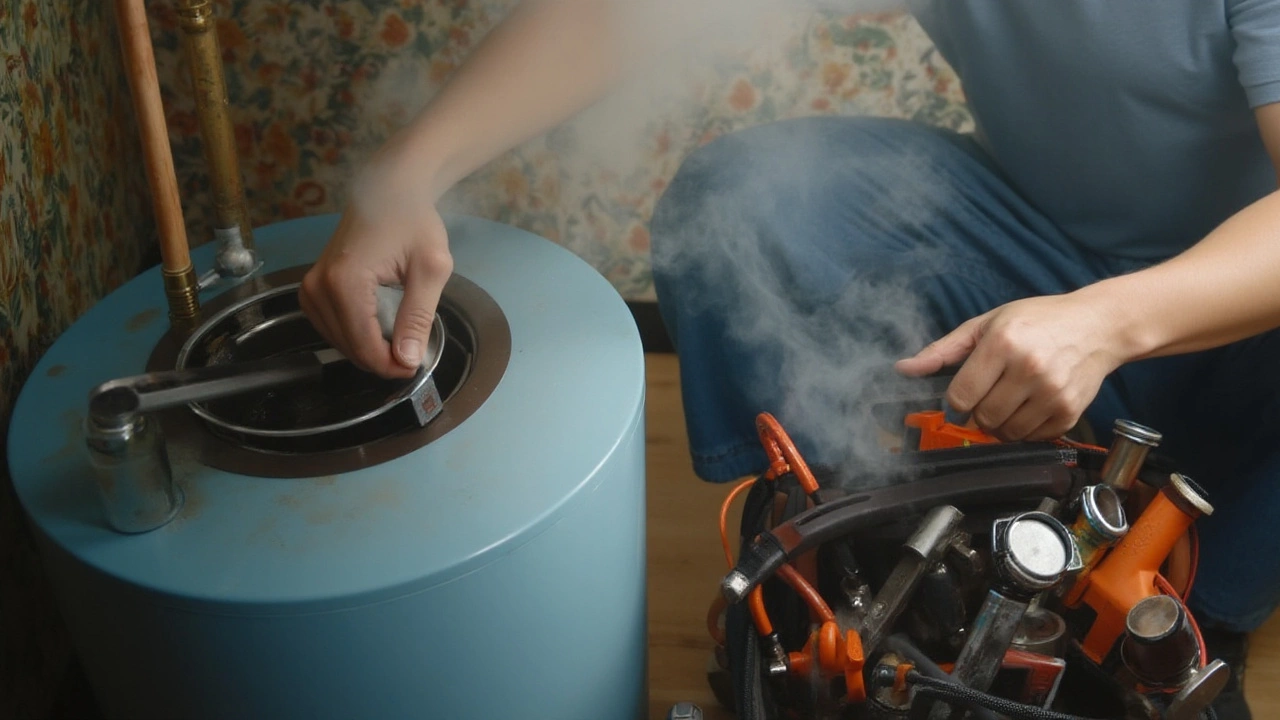Improve Water Heater Efficiency with Easy, Everyday Steps
Ever feel like your water heater is working overtime while your bills climb? You’re not alone. Most homes waste heat simply because the system isn’t tuned right. The good news? A handful of quick changes can boost efficiency and save you cash.
Check the Temperature Setting
The thermostat on most heaters is set at 140°F (60°C) by default. That’s hotter than most people need and it burns extra energy. Turn the dial down to 120°F (49°C). You’ll still get a comfortable shower, and you’ll cut energy use by up to 6%.
If you have a digital model, look for a “eco” or “energy‑savvy” mode. These settings lower the temperature when the heater isn’t busy and raise it just enough when you call for hot water.
Give Your Heater Some TLC
Regular maintenance is the secret sauce for efficiency. Start with the anode rod – it’s a metal stick that stops the tank from rusting. Over time it corrodes, letting the tank eat away at itself. Swap it out every 2‑3 years, or sooner if you have hard water.
Flushing the tank removes sediment that builds up at the bottom. Sediment acts like a blanket, forcing the heating element to work harder. Drain the heater once a year: turn off power, attach a garden hose to the drain valve, and let the water flow out. It only takes a half hour and you’ll feel the difference.
Don’t forget the heating element. If you have an electric heater, the element can get coated with mineral deposits. A quick visual check can tell you if it needs cleaning or replacement.
Insulate and Save
When the tank is wrapped in a blanket of foam, heat stays inside. Most modern heaters come with a factory‑built jacket, but older units often need an extra blanket. Purchase a 3‑inch insulation kit, tape it around the tank, and don’t forget the top and the hot‑water pipes.
Heat loss through pipes can be sneaky. Insulate any exposed copper or PVC runs, especially those that travel through unheated areas like basements or attics. This keeps water hot right where you need it.
Smart Usage Tips
Shorter showers use less hot water. Install low‑flow showerheads; they cut water use by up to 30% without sacrificing pressure.
Run the dishwasher and washing machine only when they’re full. Those appliances pull hot water from the heater, so fewer cycles mean less demand.
If you’re renovating, consider a tankless or hybrid heat‑pump water heater. They’re more efficient, but the upfront cost is higher. Weigh the long‑term savings against the budget before you decide.
By adjusting the thermostat, keeping the tank clean, adding insulation, and using hot water wisely, you can improve water heater efficiency without a major overhaul. Your next bill will thank you, and you’ll enjoy hot water when you need it.

Flush vs. Drain: What's Best for Your Water Heater Maintenance?
Discover the differences between flushing and draining your water heater. This article explores which method keeps your water heater running efficiently and prolongs its lifespan. Learn the benefits of each approach, potential risks, and essential maintenance tips. Whether you're a DIY enthusiast or prefer professional help, uncover the best practices for maintaining your water heating system.